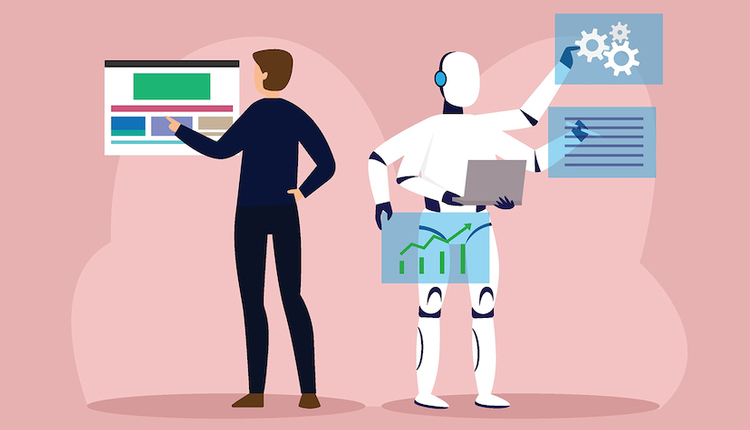
Image by: g-stockstudio, ©2016 Getty Images
We hear so much discussion about the digital workplace and digital transformation that we’ve made it into some sort of business destination. However, we forget about the bridge called "experience" that takes us to whatever that destination is. The disruption that is “digital” is about the realization that it is already occurring. It is not some mystical place called “there.” The digital workplace is already here. It is a living, breathing, fluid amalgamation of people, culture, technology, and the people processes that involve connection, communication, and collaboration. It is about people, experiences, and culture. It transcends corporate walls and organizational delineations.
Digital technology should be appropriated to support user experiences in the digital workplace. The lesson for businesses is to look at the impact that personal consumer technologies have on changing how people work and connect with each other. If organizations aren’t creating or fostering a business environment that is conducive to a digital workplace experience, it will be in direct opposition to how people work. It will result in negative impacts on employee engagement and, ultimately, the customer experience.
Focus on a people-centric strategy
The digital workplace is a connected and collaborative environment. Strategies for supporting a digital workplace in any enterprise have to be developed collaboratively across multiple business functions. Certain preconceived notions of how that is supposed to happen have to be thrown out the window. For example, collaborative doesn’t mean that marketing or human resources (HR) goes to information technology (IT) with their requirements, resulting in IT perceiving them as their customers—to whom they then have to deliver a solution. Representatives across each domain of the business must interact as partners. Let’s move beyond the days of treating colleagues like internal customers. No more us versus them! Embrace the “power of we” in your organization.
Focus digital workplace strategies on people's experiences. The employee experience is just as important as the customer experience. The one constant we all have is that we are having an experience. In this day and age, a big part of that experience is digital. It behooves enterprise leaders to foster better digital experiences for employees and customers.
Digital workplace technology strategy
Given that consumer technologies, such as mobile messaging and social networks, have become part of the fabric of people’s lives, enterprises looking to invest in workplace technologies have to ensure it is something people will use. Take cues from how people are currently working, and assess the current use of consumer technologies. Some of this use is for business purposes to fill gaps in available enterprise tools. Enterprise planners have to stay away from too much complexity when it comes to technology for the digital workplace. Technology has to be intuitive and focused on helping people get their jobs done. It has to be in the flow of how people work. It’s important to be in the flow and in the context of the business processes that people are involved in.
This all boils down to focusing on the user experience, which is really focusing on adoption. In speaking with so many enterprise workplace planners, from IT and across the business, over the years, a recurring theme is the technology graveyard of tools that have been left abandoned due to lack of adoption. I won’t even get into the ghost towns that are the failed enterprise social network deployments. Basically, someone decided the company needed an enterprise Facebook, neglecting to gather any input from people. Nary a soul treads in these virtual ghost towns, because they don’t fit into people’s day-to-day work lives. They’re, at best, above the flow from how people work.
Establish purpose and goals
Digital workplace strategies require setting the right goals that are balanced between what the organization expects and what people’s needs are. It is a two-way street. Establish connected purposes and goals throughout the organization that are in synergy with each other. Synergy happens when the focus is on both the employee and the customer experience.
David Mario Smith is founder and principal analyst at InFlow Analysis. Mr. Smith is a Gartner veteran of over 16 years and an IT industry professional with 20 years of experience in the collaboration and workplace technology markets. For more information, visit http://inflowanalysis.com or follow him on Twitter @DaveMario.




















